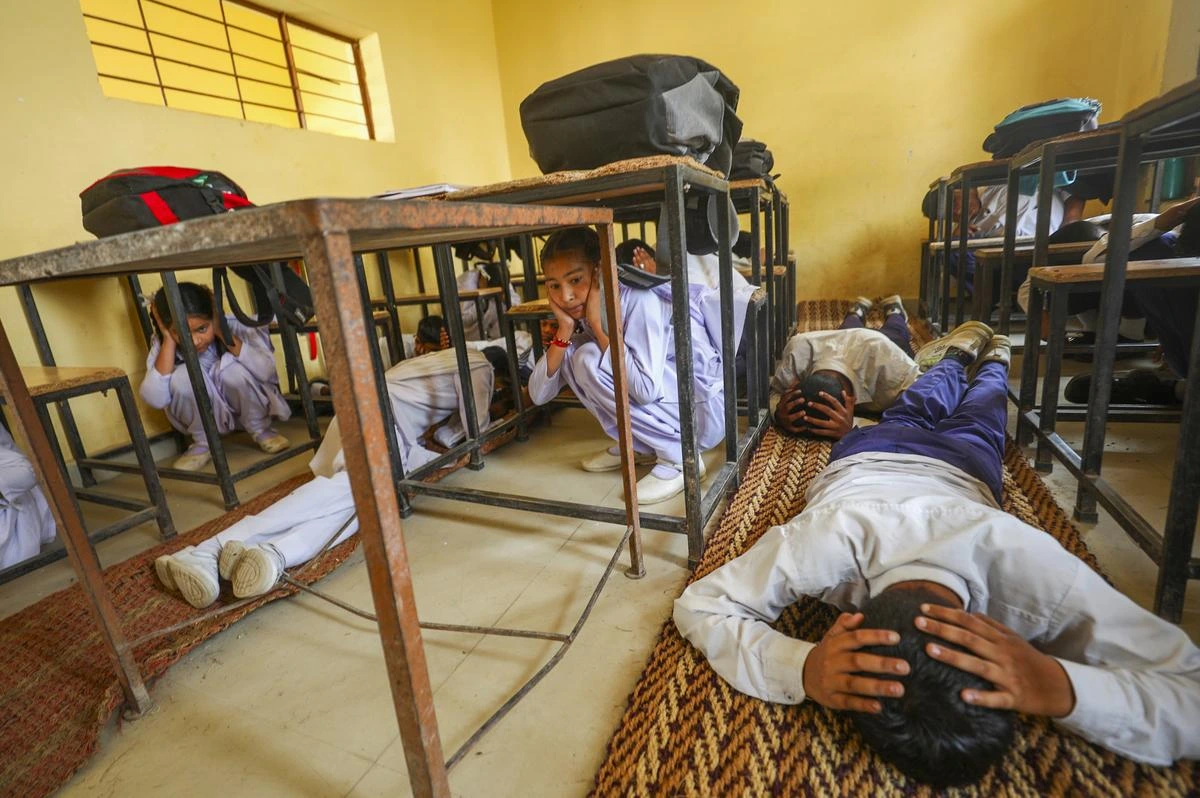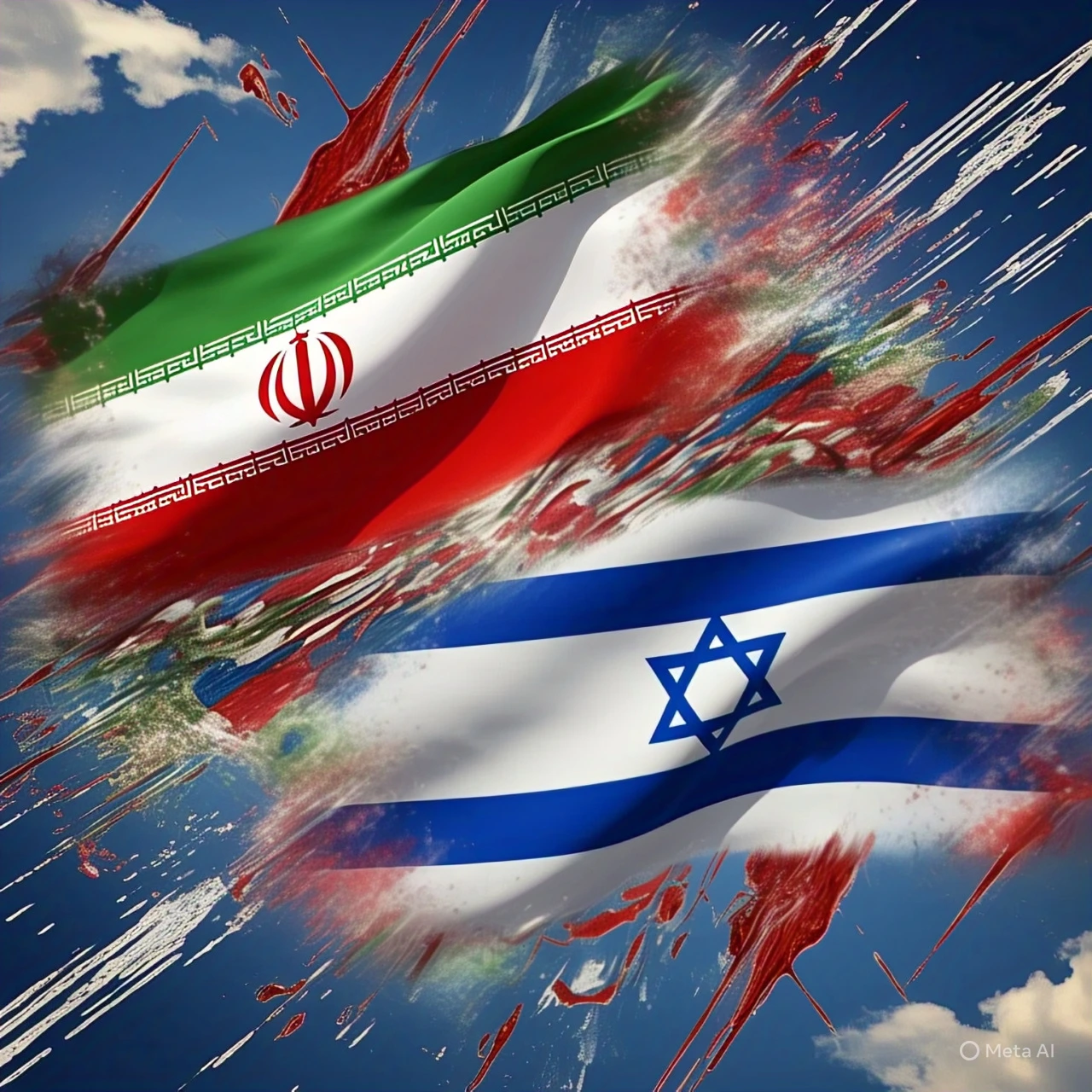South Asia on Edge: Why India’s Mock Drills Matter More Than You Think
Introduction
Recent news from India has brought to light a concerning development in South Asia. According to reports from Indian newspapers such as First Post and Hindustan Times, India is planning to conduct mock military drills in four states bordering Pakistan—Gujarat, Rajasthan, Punjab, and Jammu and Kashmir. These civil defense drills are scheduled to begin on Thursday, raising questions about the timing and intent behind such exercises.
Historical Context of India-Pakistan Relations
The relationship between India and Pakistan has been complex and fraught with tension since their inception as independent nations. The dynamics of this relationship have been significantly influenced by global superpowers throughout history. From the 1960s when America established its hegemony after resolving the Suez Canal crisis, the geopolitical landscape of South Asia has been shaped by external interests. Initially, Pakistan played the role of America’s strategic ally in the region, serving as a vantage point to monitor Iran, Afghanistan, China, and India. However, this role gradually transitioned to India, especially following the Kargil War and events during General Musharraf’s era. India, once proudly non-aligned or leaning toward the Eastern bloc, has now firmly positioned itself in the Western camp alongside the United States and Israel.
Recent Military Confrontations
The shift in power dynamics became evident in 2019 when India tested its military capabilities against Pakistan. However, the more recent Operation Bunyan Marsoos revealed significant limitations in India’s military prowess. Despite having access to European technology, Indian forces were unable to effectively counter the combination of Pakistani skill and Chinese technology, particularly in air-to-air combat scenarios. This military shortcoming has led India to potentially consider ground invasion as its primary strategy in any future conflict. This approach leverages India’s numerical advantage, particularly in a multi-front conflict scenario where Pakistan, being roughly a quarter of India’s size with a smaller military force, would face significant challenges.
The Multi-Front Challenge for Pakistan
Pakistan’s vulnerability in a multi-front conflict is compounded by internal challenges. The crisis in Balochistan, exacerbated by decades of neglect and external interference, represents a potential weak point. Additionally, strained relations with neighboring Afghanistan create another potential front of concern, particularly regarding Khyber Pakhtunkhwa. Historically, Pakistan has struggled with multi-front conflicts, and the upcoming drills along the border could be testing this vulnerability. When civil defense drills occur in Jammu and Kashmir, it puts Azad Kashmir and Gilgit-Baltistan on high alert. Similarly, drills in Punjab, Rajasthan, and Gujarat would necessitate heightened vigilance in Lahore, Sialkot, and Sindh respectively.
The Global Chess Game
The current tensions must be viewed within the broader context of global power dynamics. America’s primary geopolitical objective over the past three administrations—Obama, Trump, Biden, and now potentially Trump again—has been the containment of China’s industrial growth. Various methods have been employed toward this end: economic sanctions, tariffs, disruption of trade deals, and perhaps most significantly, attempts to draw China into military conflicts. This strategy mirrors Cold War tactics where superpowers tried to bog down their rivals in costly conflicts, as seen when the Soviet Union drew America into Afghanistan and Vietnam, and vice versa. Today, the Western powers may be attempting to use the India-Pakistan conflict as a means to draw China into a broader regional conflict.
The Larger Geopolitical Configuration
The potential India-Pakistan conflict does not exist in isolation. It is interconnected with other regional tensions:
- The Israel-Palestine conflict, now over 650 days into what many characterize as genocide
- Iran’s statements about military cooperation with Pakistan against Israel
- The complex relationships between Azerbaijan (an ally of Israel), Turkey (an ally of Azerbaijan), and Iran (traditionally a supporter of Armenia)
These shifting alliances indicate rapid geopolitical realignments occurring globally, often preceding major international conflicts. Similar patterns were observed before World Wars I and II.
Potential for Escalation
If India were to attempt a land invasion of Pakistan, it would trigger multiple responses:
- Pakistan’s air and ground forces would engage
- Irregular forces might become involved
- China would likely be compelled to intervene
Such an escalation could quickly spiral into a much larger conflict, potentially drawing in Turkey, Syria, Iran, Israel, NATO, and the United States. Despite the apparent friendly relations between figures like Trump and Putin, ongoing conflicts like the one in Ukraine demonstrate that de-escalation is not on the immediate horizon.
Conclusion
The scheduled military drills along Pakistan’s border represent more than routine exercises—they reflect a dangerous game of geopolitical chess with potentially catastrophic consequences. While Pakistan might inflict significant damage in a conflict with India, it lacks the resources to sustain a prolonged full-scale war. The risk of escalation to a global conflict involving major powers is real and concerning. Such a conflict would transcend national interests and could result in unprecedented human suffering. As tensions rise, the comfortable world many have known—of international careers, honeymoons abroad, and tourist selfies—may be dramatically altered. In these uncertain times, vigilance and awareness of global developments become not just academic interests but practical necessities. The horizon appears ominous, and while there remains hope that India’s exercises will prove inconsequential, recent patterns suggest otherwise.
Read More:











